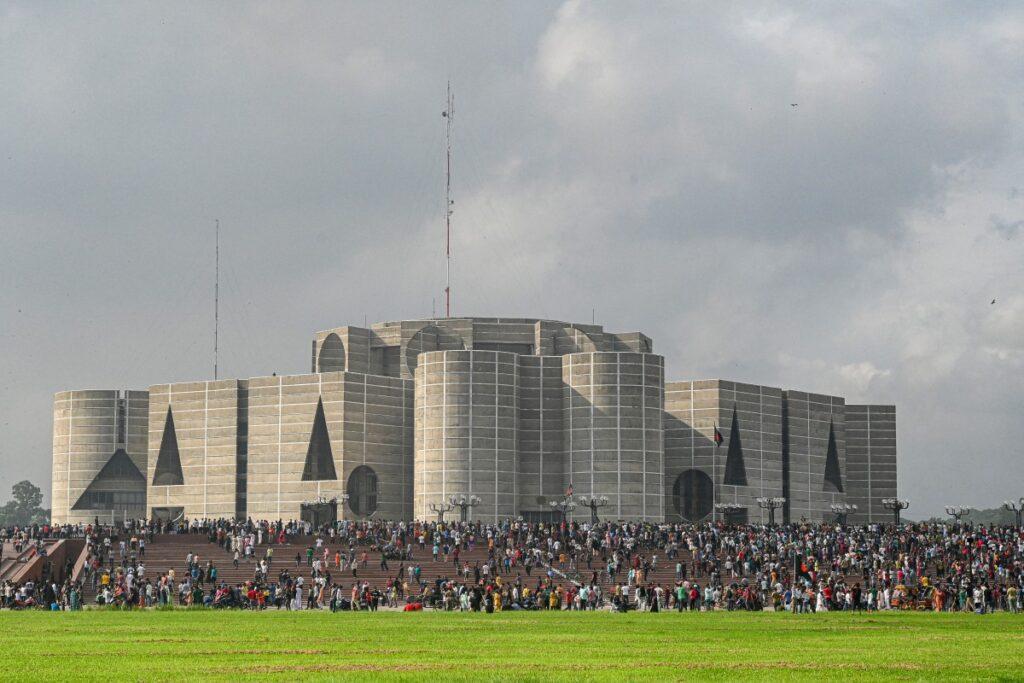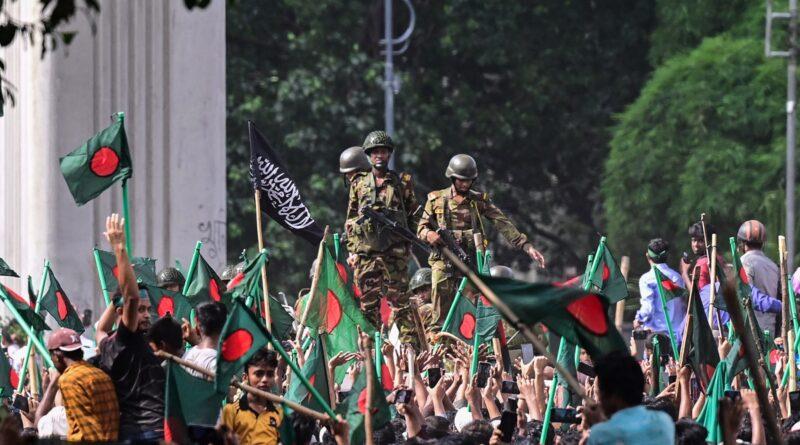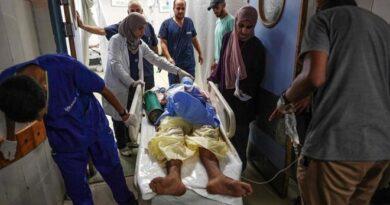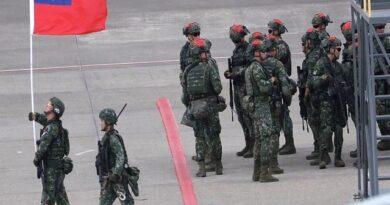How did the women’s movement in Bangladesh get Sheikh Hussain Wajid from power in Bangladesh?
Student protests that began in July against the controversial quota system for government jobs ended on Monday with the resignation of Prime Minister Sheikh Hasina Wajid and the formation of a caretaker government by the fled-country army.
According to the French news agency AFP, at least 300 people have been killed in more than a month of protests to end the dictatorial rule of 76-year-old Prime Minister Sheikh Hasina.
Here are five key dates that show how protests toppled the government in the South Asian country of about 170 million people.
July 1: The blockade begins
University students staged barricades blocking roads and railway lines to demand reform of the quota system for public sector jobs.
He said that this scheme was used to reward the loyalists of Hasina Wajid’s ruling Awami League.
Hasina Wajid won a fifth term as prime minister after being voted out without real opposition in January. He said that the students are “wasting their time”.
July 16: Intensification of violence
The first deaths were recorded in the protests and six people were killed in the clashes. A day after protesters and government supporters in Dhaka threw sticks and attacked each other with bricks.
Hasina Wajid’s government ordered the closure of schools and universities nationwide.
July 18: Prime Minister reprimanded
The students rejected Hasina’s offer, a day after she appealed for calm and vowed that every ‘killing’ in the protest would be punished.
Demonstrators chanted ‘Get out the dictator’ and torched the headquarters of state broadcaster Bangladesh Television and dozens of other government buildings. The government shut down the internet.
At least 32 people were killed and hundreds injured in the clashes, which continued despite a 24-hour curfew and the deployment of troops.

July 21: Supreme Court verdict
Bangladesh’s Supreme Court, which critics see as a rubber stamp for Hasina’s government, ruled the decision to reintroduce job quotas illegal.
However, the protestors were not happy with the decision and demanded that the jobs reserved for the children of ‘freedom fighters’ from Bangladesh’s 1971 war against Pakistan be completely abolished.
You May Also Like To Read:
August 5: Hasina escapes
Hasina Wajid fled Dhaka by helicopter after thousands of protesters stormed her palace. Afterward, hundreds of thousands of people celebrated in the streets, some dancing on the roofs of armored vehicles and tanks.
His dramatic departure came a day after the deadliest day of protests in which at least 94 people were killed across the country, many of them in clashes with Hasina Wajid’s supporters.
In many cases, soldiers and police did not intervene to stop the protests, as happened during the rallies last month.
Bangladesh Army Chief General Waqar-ul-Zaman has said in a message to the nation on state television that Hasina Wajid has resigned and the army will form an interim government.





